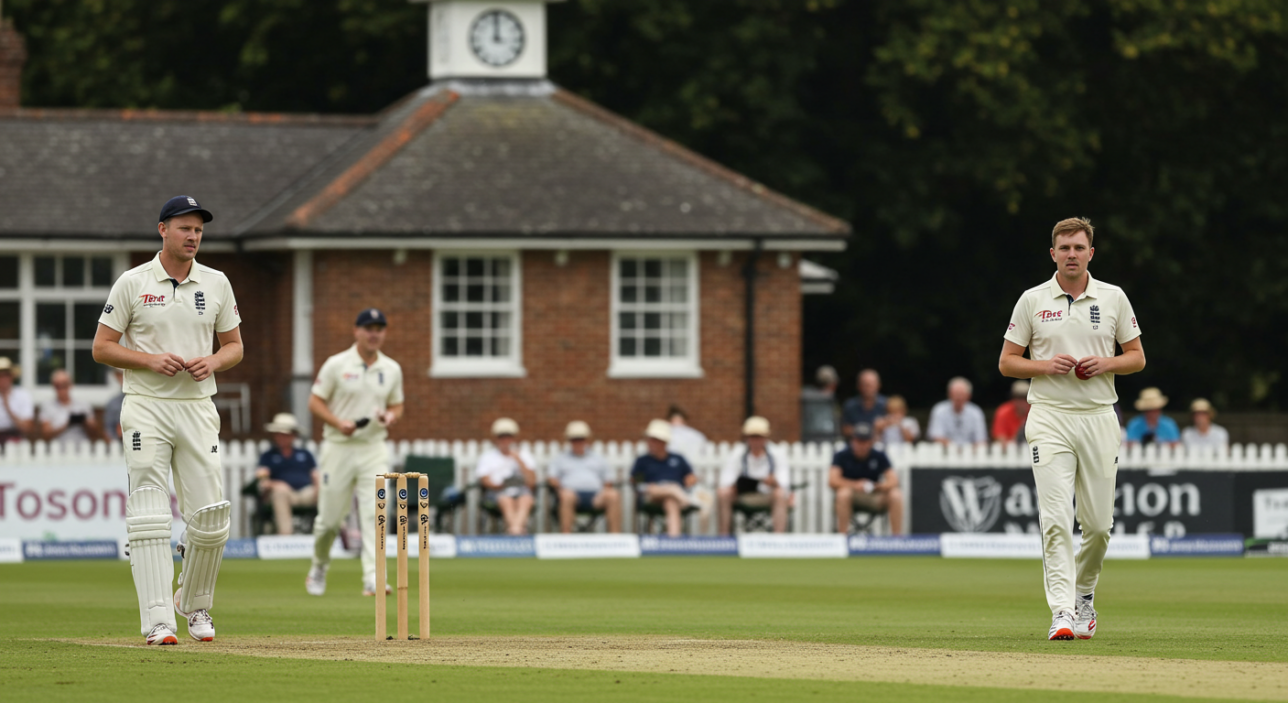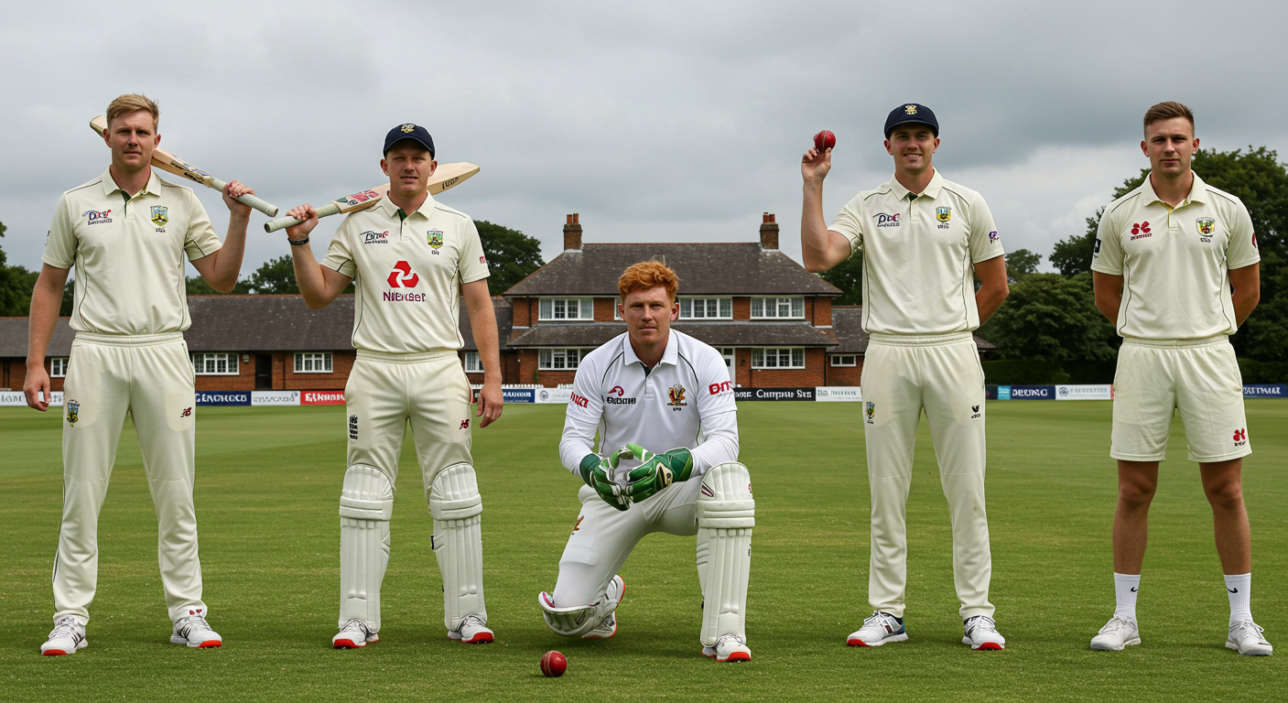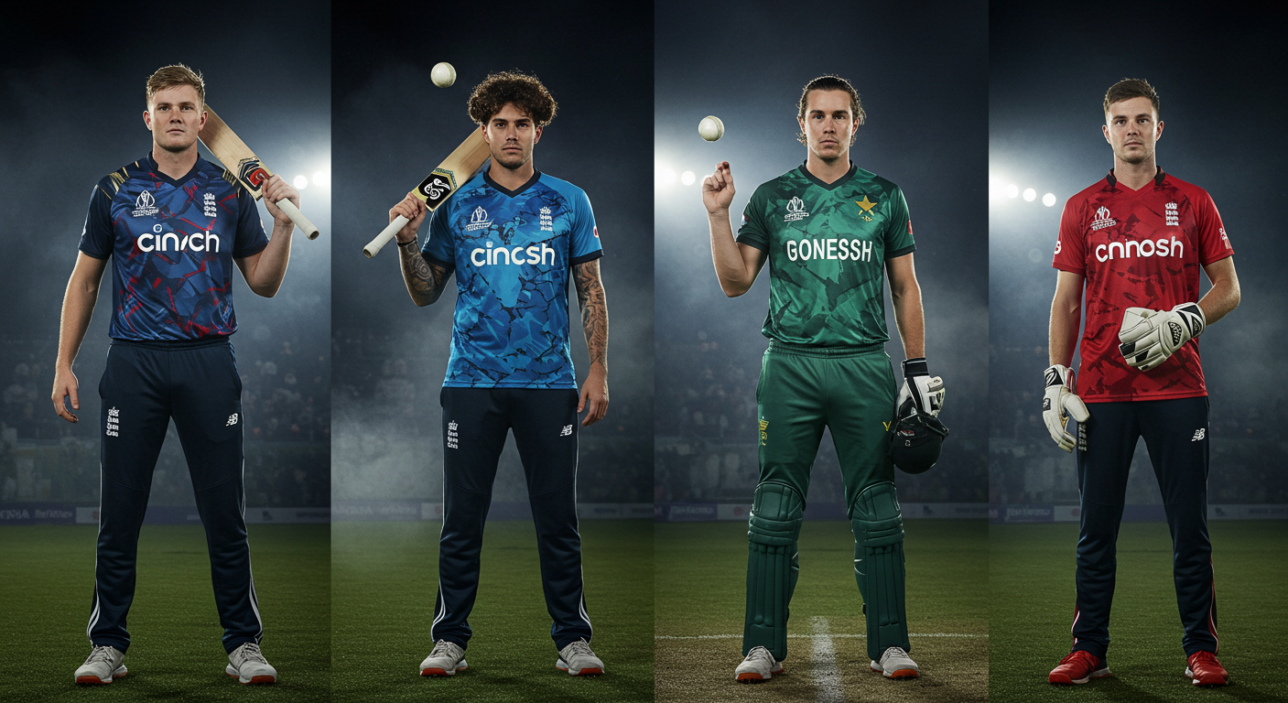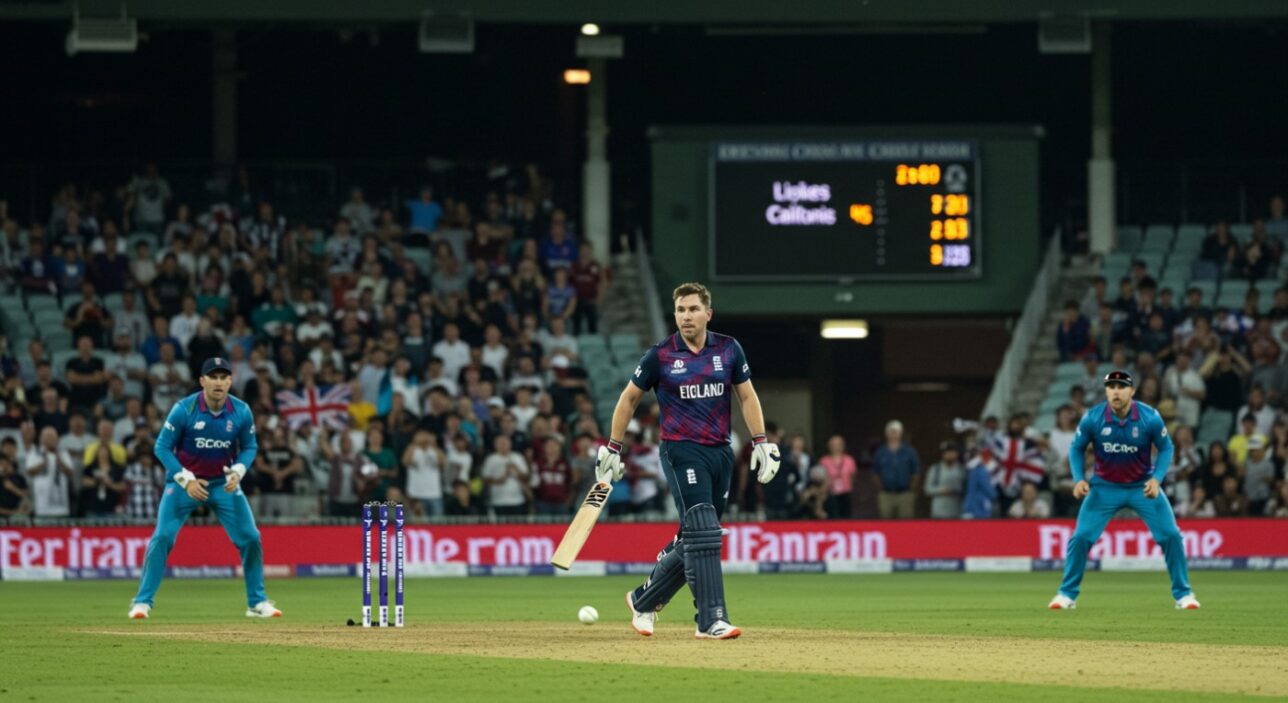
County Championship: A Guide for New Fans
The County Championship isn’t just a cricket tournament — it’s a pillar of English sporting tradition. Running since 1890, it’s the domestic red-ball competition that has shaped generations of English cricketers. Yet for new fans, especially those more familiar with the glitz of T20 or The Hundred, it can feel a little… slow. Complex. Even intimidating.
But give it time, and you’ll see why diehards love it. The County Championship is cricket in its purest, grittiest form. Four-day matches, flinty weather, fluctuating narratives — it rewards patience, depth of understanding, and an appreciation for long-form strategy.
This guide is here to help you get your bearings. You’ll learn how the format works, which teams compete, what makes a player a county legend, and why, even today, it’s still the testing ground for England’s future Test stars. It might not have cheerleaders or flashing lights, but the County Championship has its own quiet drama — one that unfolds over days, not overs.
If you’re new to red-ball cricket or just wondering why so many fans spend entire summers obsessing over scorecards from Chelmsford to Taunton — this guide’s for you.
How the County Championship Format Works

The County Championship is structured around four-day red-ball matches — the closest domestic equivalent to Test cricket. It’s a league competition involving 18 county clubs from across England and Wales, split into two divisions: Division One and Division Two. Ten teams play in Division One, eight in Division Two, with promotion and relegation ensuring the stakes stay high.
Each team plays a combination of home and away fixtures — typically 14 matches per season. A win earns 16 points, a draw earns 5, and teams can collect bonus points in the first 110 overs of their first innings: up to 5 for batting and 3 for bowling. These small margins can make a big difference over a full season.
Unlike T20s or ODIs, the County Championship values patience, strategy, and long-form consistency. A game can swing dramatically from one day to the next depending on conditions, captaincy, and weather. For many players, performing in this format is the true measure of first-class potential.
The team that finishes top of Division One is crowned the county champion — but every match, even in Division Two, is meaningful. This isn’t just about trophies. It’s about proving you can survive and succeed over four tough days.
When and Where It’s Played
The County Championship runs from early April to late September, covering the full stretch of the English cricketing summer. Matches are held at iconic grounds across the country — from Old Trafford in Manchester to The Oval in London, and smaller venues like Chelmsford, Derby, and Canterbury. Some counties even take matches to outgrounds, giving local fans a taste of elite cricket.
Spring fixtures often favour bowlers, with green, damp pitches offering swing and seam. This makes early-season matches a test of defensive batting and bowling discipline. As summer progresses, pitches tend to flatten, favouring stroke players and high-scoring draws — unless the spinners come into play late in the match.
Most matches start on Thursdays or Fridays, giving fans a weekend window to follow the action. Though four-day cricket requires patience, fans love the tactical chess match it creates — watching a session slowly tilt one way or another, waiting for the one moment that breaks a game open.
Rain delays are part of the experience. But if you follow the County Championship, you don’t mind checking forecasts or ducking under the stands. It’s about the long game — and the joy of watching it unfold session by session.
The Teams That Make Up the County Championship

The County Championship features 18 first-class counties — each representing a historic region of England or Wales. These aren’t just cricket clubs; they’re institutions with loyal fanbases, deep traditions, and distinct playing identities. From powerhouse counties like Surrey and Yorkshire to rising challengers like Durham and Essex, every team has a unique style and story.
Surrey, based at The Oval, are known for developing Test-quality talent and have dominated recent seasons. Yorkshire, the most successful team in the competition’s history, boast a proud northern grit, though they’ve been rebuilding in recent years. Lancashire, Warwickshire, and Nottinghamshire are also traditional heavyweights with strong squads and home venues that draw big crowds.
Counties in Division Two — like Leicestershire, Derbyshire, and Glamorgan — often play the role of disruptors. Promotion from Division Two can be transformative, making every match in both divisions matter across the season.
Each county has its own academy, coaching structure, and recruitment model. That means while some rely heavily on local talent, others mix experience with overseas signings. For fans, supporting a county isn’t just about the standings — it’s about identity, legacy, and backing your region through every drawn-out four-day battle.
Historic Rivalries and Derby Days
If you’re new to the County Championship, one of the quickest ways to get hooked is through its rivalries. Like any great domestic league, it has its fair share of long-standing grudge matches — some friendly, some fierce.
The biggest of them all? The Roses Match — Yorkshire vs Lancashire. It’s England’s version of the Ashes at county level. Stemming from the Wars of the Roses, this historic clash isn’t just a cricket fixture — it’s a cultural event, and the atmosphere at Headingley or Old Trafford can rival a packed football ground.
Then there’s the London Derby between Surrey and Middlesex — a battle for capital bragging rights with an edge sharpened by recent competitiveness. East Midlands clashes between Nottinghamshire and Leicestershire, or South Coast face-offs like Hampshire vs Sussex, all add texture to the season.
What makes these rivalries compelling isn’t just the points at stake, but the pride. Local fans turn up in larger numbers, and players seem to lift a level when history’s in the air. Even neutral observers find these matches more intense, making them a great entry point for anyone trying to understand the heartbeat of the County Championship.
Players Worth Following in 2025

The County Championship is where England’s future Test players are forged — and where some of the country’s best cricketers still turn out each week to keep their red-ball skills sharp. If you’re new to the tournament, following a few standout names can help bring it to life.
Ollie Pope continues to be one of Surrey’s most reliable performers, piling on runs at No. 3 and often batting with the fluency of a modern great. Ben Foakes, also from Surrey, remains arguably the best wicketkeeper in the country and is a joy to watch behind the stumps.
James Rew at Somerset is a young talent making waves with the bat, while Sam Cook at Essex has built a reputation as one of the most accurate seamers in the game. Matthew Potts (Durham) and Josh Bohannon (Lancashire) are also on the radar for England selection, and every innings or spell matters for their careers.
Beyond English names, many counties bring in overseas professionals — from experienced South Africans to up-and-coming Australians — adding flair and variety. Watching these players week in, week out helps you appreciate the rhythm, skill, and endurance that the County Championship demands.
Following the County Championship as a New Fan
One of the biggest hurdles for new fans is simply figuring out how to follow the County Championship. Unlike T20 leagues, you won’t find live coverage splashed across primetime TV. But once you know where to look, there’s plenty to keep you engaged.
Most counties live-stream their matches free on YouTube or their official websites, often with high-quality commentary and multi-angle coverage. The ECB’s match centre also provides live scorecards, video highlights, and wagon wheels for stats junkies. If you want to dip in and out while working or commuting, the Championship is perfect — just leave the stream on in the background and check in every hour.
Social media is another great resource. Counties are increasingly using Twitter/X, Instagram, and TikTok to share quirky behind-the-scenes moments, player interviews, and short clips. These posts help humanise the players and bring you into the rhythm of county cricket culture.
And don’t underestimate the appeal of radio commentary, especially BBC’s local stations. There’s something timeless about listening to cricket unfold slowly through a crackling voice — it feels personal, relaxed, and deeply British. Following the County Championship isn’t hard — it just requires a different, slower kind of attention.
How It Compares to T20 and The Hundred

If you’ve come to cricket through T20 leagues or The Hundred, the County Championship might feel like another sport entirely. Gone are the pyrotechnics, DJ soundtracks, and sixes every second over. But what you get in exchange is cricket with layers — strategy, subtlety, and slow-burn tension.
In T20s, matches are won or lost in a couple of overs. In county cricket, a session’s grind can set up a win two days later. The pacing forces players to think differently: bowlers have to work out a batter over spells, not just deliveries; batters have to wear down attacks rather than clear the ropes from ball one.
Field settings are more intricate. Captains use catching umbrellas, leg traps, or spinner-heavy rotations based on weather and pitch conditions. These nuances are largely absent from white-ball formats.
Importantly, the County Championship is where England Test players are judged. That makes every run and wicket meaningful — not just for the result, but for a player’s future in the national side.
If The Hundred is a highlight reel, the County Championship is a full novel — slower to start, but far more rewarding if you stick with it. Different tempo, same heartbeat.
Conclusion: Why the County Championship Still Matters

In a cricket world dominated by short formats, the County Championship continues to prove its enduring value. It may not have the marketing muscle or international glamour of the IPL or The Hundred, but it remains the place where real cricketers are made. Not just in talent — but in temperament, technique, and sheer mental grit.
For fans, it offers something that no other competition can replicate: long-form stories. Watching a young batter grind out a century across two days, or a veteran seamer work through conditions and fatigue to grab a five-for, creates a connection that’s hard to match. Every run is earned. Every spell is a chess match. And every match is a slow, unfolding narrative that invites you to invest more — not less.
In 2025, the County Championship is more relevant than ever. As England continues to evolve its Test team, this is where the next stars are proving themselves. And for the fan looking beyond the flash and noise, it offers something deeper: a slower rhythm, a richer payoff, and a tradition that ties every innings to more than just a scoreboard.
It’s not always instant. But it’s always worth it.





